It’s time for clubs to wrestle back some of the player movement power, writes Mark Robinson
It’s time clubs took control of contracted players not earning their keep and be granted every avenue to trade them if they like. Take a leaf out of the ‘Moneyball’ movie, writes Mark Robinson.
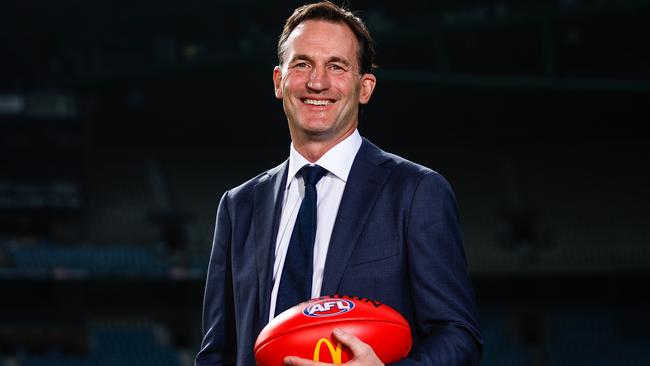
Football has never been richer in product and finances, and the players have never been paid more.
As a professional pursuit, football has its downsides, but the salaries and off-field earnings are not two of them.
All power to them — but for how much longer?
The prevailing view among clubs is they want to wrestle some power back from the players.
They want to be allowed to trade contracted players.
It should happen.
A mid-season trade season is on the agenda of the AFL, the players association and clubs and it will come. Maybe next year, or the year after, but it’s coming.
Asked this week the odds of introducing a mid-season trading period in 2024, AFL boss Andrew Dillon said, “It’s even money.’’
So, if there’s a mid-season trade window for contracted players — which they all will be — it makes sense that contracted players should be up for sale in the end-of-season trade window too.
Clearly, parameters will be in place.
How’s this for one? If a player is paid the AFL average wage and above, which is $406,000 in 2023 and tipped to be more than $500,000 by the end of the new pay deal, clubs should have the power to trade the player with no permission needed.
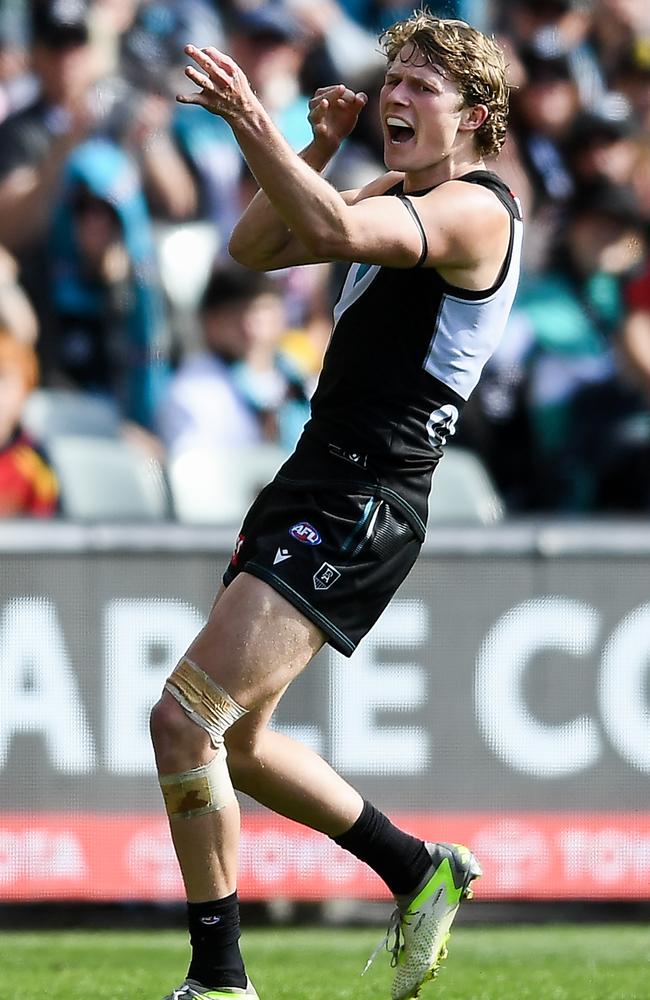
Watch Moneyball for context. It’s a Hollywood movie, but fundamentally that’s how professional sports operate in the US.
Sorry, chief, but you’re gone. We’ve traded you to Philly, or the Padres or the Titans.
In the AFL, the reasons why there has been push back by the players are becoming flimsy as each CBA agreement is struck.
In our warm and snugly footy world, a player packing up his family, ripping his kids out of school and being shunted to non-Victorian states — or vice versa — and on a day’s notice, was simply too abrupt and too much upheaval.
The players had our sympathies.
But life moves fast and the players need to get their heads around the program which is professional sport.
They say life’s not about money, but it mostly is.
The impending average wage of $500,000 should make the upheaval much less problematic.
The average wage in Australia is $68,900. It is the average for basic workers, but skilled and experienced workers also earn around $108,980 annually, according to data.
The AFL’s average wage is soon-to-be five times that. And they’ve earned it. Their prowess on the footy field has Australian Rules top of the pops in Australian sports and we don’t begrudge them a cent.
And note, there’s no stink when the trade situation is on the other foot. When a player wants out of an existing contract and is traded, such as Port’s Xavier Duursma, the player mostly always gets to the club of his choice, this time being Essendon.
From what we know, only swingman Elliott Himmelberg — from Adelaide to GWS — didn’t get his wish because the Crows felt they would be short-staffed in the D50 after losing Tom Doedee.
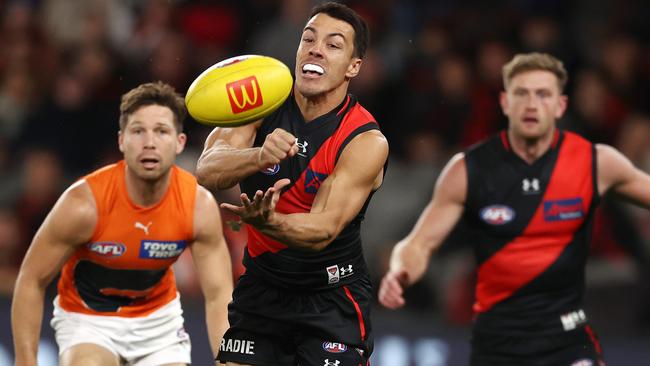
Dylan Shiel is contracted at the Dons, and there was mild speculation he wanted to get to the Saints. It didn’t eventuate.
Melbourne’s Harrison Petty was another. The impression the Crows gave was that Petty wanted to get home. Regardless, the Demons didn’t budge.
The explosion in the size of salaries and lengths of contracts, as well as free agency, has changed the landscape.
In some ways, player managers are squeezing clubs, but at the same time, clubs are taking on the risk.
It gives them flexibility to shape their Total Player Payments and control the contracted player for when they will be able to trade them.
Still, the salaries are eye watering, not only for footy fans but also for the cohort of former players in the media.
Ben McKay $800,000?
Jade Gresham $700,000?
Lachie Schultz $600,000 to $700,000?
Esava Ratugolea $700,000?
Tom Doedee $700,000?
And last year Jacob Hopper $750,000?
Good luck to them. But it seems mighty curious that while the players’ salaries are screeching northwards, the soft cap at football clubs remains at 2019 levels.
Clubs love their players, but the clubs have to be even more careful and cutthroat with how they spend their money. And if a contracted player is not earning his keep, then the club should be granted every avenue to trade them if they like.
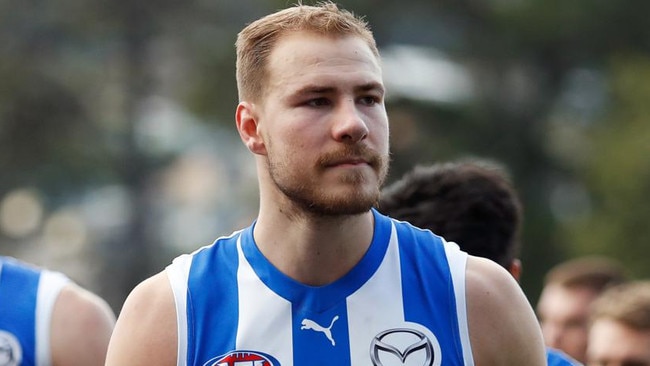
There were 12 $1 million-plus players in 2022, according to the AFL, and by the end of the next CBA, that number will be well into the 20s, if not 30s.
Where there has been a recent blowout, according to one club person, is in the $700,000-$850,000 range.
Not long ago, that bracket was populated by the genuine matchwinners, and now it’s apparent it’s the home for solid AFL players who are the lucky beneficiaries of free agency.
Talks will continue between the AFL and the Players Association about a mid-year trade window next year, and the AFL should up the ante, on behalf of the clubs, for open trading at the end of the season too.
The saying is, have money will travel.
In football, it needs to be have money, SHOULD travel.
Then the balance of power is fair.





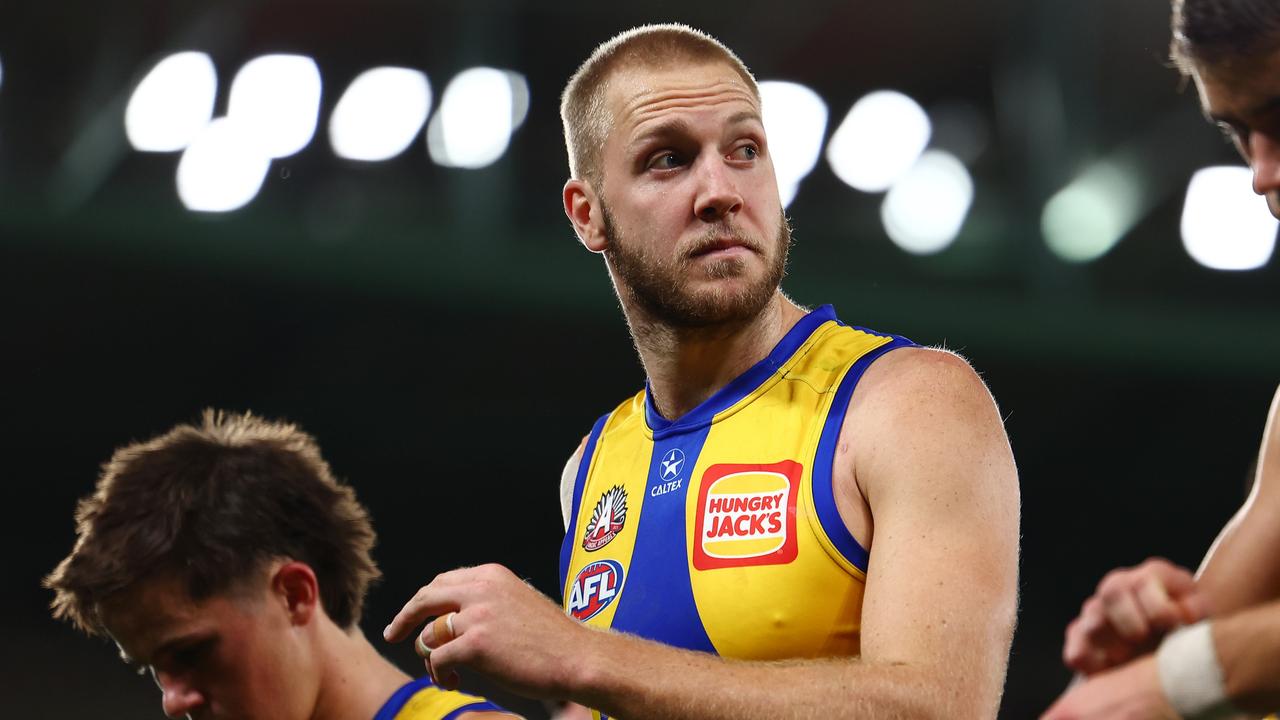

To join the conversation, please log in. Don't have an account? Register
Join the conversation, you are commenting as Logout